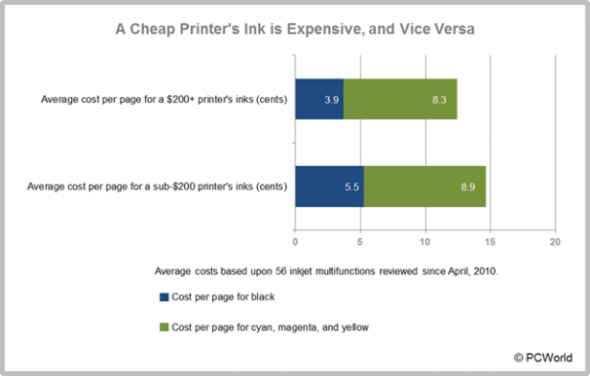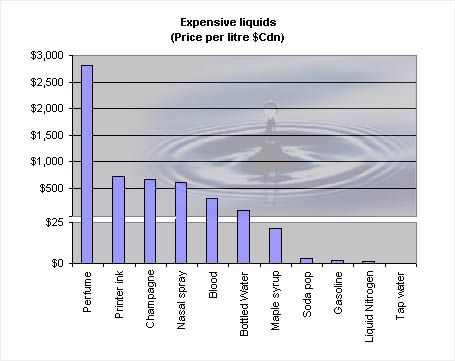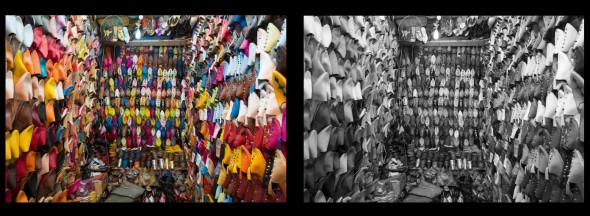Photography
Adobe Lightroom Tips and Tricks 006. My Ten Bookmaking Steps.
Custom Book Layout is such a major addition to Adobe Lightroom 4 that it deserved its own module. Blurb provides excellent value, but you can also print at home or using another service.
Even though at first the Book Module doesn’t seem as complex as the Develop Module, there are so many options (including almost 200 professionally designed templates) that it is easy to get lost and frustrated.
This past weekend my students at ICP requested a super simplified version of the steps I take in order to create a book. Today I’d like to share my 10 Bookmaking steps in Adobe Lightroom 4:
1• Determine what the book is about. What is the concept or story?
2• In the Library Module, select the best images that are appropriate for the story.
3• Still in the Library Module, create a temporary Collection (it can even be the Quick Collection) for the best images. At this point, don’t worry about enhancing each individual image. You will have time for that later.
Click to keep reading (more…)
Photography
Inkonomics.
Think a $5 gallon of gas is crazy? Drivers in Norway are currently paying $9 a gallon, and Germans pay just over $8.
That’s cheap compared with gold, which right now is at $1,700 per ounce.
Think gold is expensive? Consider this: If cars ran on printers’ ink instead of gasoline, each trip to the gas station would cost $100,000. According to PetaPixel, to fill an Olympic-sized swimming pool with ink would cost billions of dollars.
My tiny office printer uses HP21 black ink cartridges. The best deal (often on Amazon) goes for $12. Each cartridge is 1.4 ounces. Now, if you can remember your high school conversions, 1 US gal = 128 US oz. That means at $12 per cartridge, a gallon of the cheapest ink in our office costs about $1,536 per gallon, and the cheapest color cartridge is about $3,364 per gallon. Yikes!
What about my fancy photo printer? A long time ago I learned a valuable lesson: the cheaper the printer, the more expensive the inks. I have also learned that over time, the market leaders tend to be more stable in their pricing of consumables, because they are better equipped to react during rough economic times.
Keep this in mind during the holiday season when you see some “impossibly good printer deals.”
Photography
New Color Management and Printing articles.
We are on a roll producing Color Management and Printing articles. Our latest batch covers several important topics, starting from “choosing the right inkjet media” to the new “Color Mode presets on Canon’s PIXMA PRO-1” to “Understanding and Installing ICC Printer Profiles” and even creating your own “custom ICC Printer profiles” with X-Rite’s i1Profiler.
If you want to learn more, make sure you reserve a place in one of our upcoming two-day workshops: “Inkjet Printing: Color Management and Calibration” and the incredibly fun “Creating Custom Photo Books with Adobe Lightroom 4.” Here is a sample book from the workshop.
News
Learning from Kodak’s failures.
Kodak, which was founded by George Eastman in 1889, had in 1976 a market share of 90% of film sales and 85% of camera sales in the United States. The company hasn’t made a profit since 2007, and it declared bankruptcy in January 2012.
The letter “K” was Eastman’s favorite letter, and the name “Kodak” followed his three main branding principles: the name should be short, simple enough so as not to be mispronounced, and it could not resemble anything or be associated with anything else.
Now Kodak is completely exiting the consumer photo and camera business, while trying to unload an extremely profitable chunk of its massive patent library with hopes of obtaining a financial boost from any settlement payoffs over patent infringement lawsuits against Apple and Research in Motion. If all of this works out, the company will most likely focus exclusively on digital printing as a business-to-business company, competing directly with Hewlett-Packard, Canon, and Lexmark, among others.
Kodak’s story is not unique, and it will be certainly followed by other companies who fail to react and adapt to market changes. Kodak’s failure is really a life lesson: define the essence of who you are and what you do (tell visual stories, for example), and not what you sell (film or 5×7 prints); don’t get too comfortable with what you know and do well; never settle, constantly push your comfort zone, and challenge yourself. Remember to talk to people who disagree with you, and listen to their reasoning. And most important, be open to new experiences and opportunities.
The glass is always half full AND half empty. It’s up to you to decide how to look at it.





